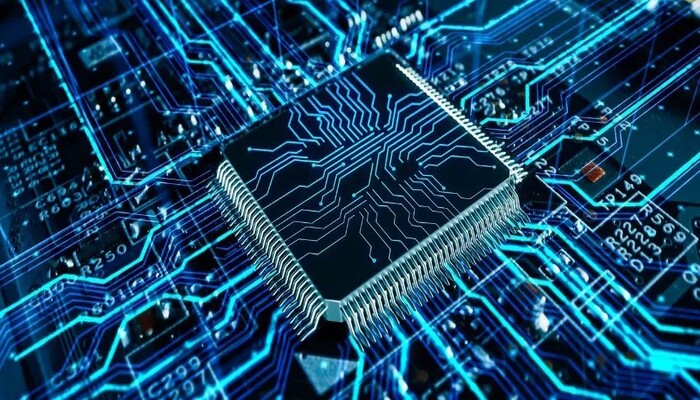VLSI & Semiconductor Innovation: Powering the Digital Era

The modern digital era is powered by the silent yet groundbreaking contributions of semiconductors and Very Large-Scale Integration (VLSI) technology. Semiconductors, with their ability to conduct electricity under controlled conditions, are the foundation of every digital system. From basic calculators to complex supercomputers, the performance, speed, and efficiency of these devices depend on advances in semiconductor technology. VLSI has been a game-changer in this space, making it possible to integrate billions of transistors on a single chip and thereby enabling devices that are faster, smaller, more reliable, and more energy-efficient than ever before.
The innovation brought about by VLSI is evident in our everyday lives. Smartphones, laptops, wearable devices, and smart appliances all rely on highly dense VLSI circuits. In industries, VLSI chips are at the core of automotive electronics, industrial automation, robotics, and medical equipment. The seamless functioning of communication networks, data centers, and cloud computing platforms depends heavily on advancements in semiconductor design. Moreover, the development of application-specific integrated circuits (ASICs) and system-on-chip (SoC) architectures has allowed for customized solutions that are tailored to specific industries, boosting efficiency and reducing costs.
Globally, the semiconductor industry has become a driving force for innovation. With the rise of artificial intelligence (AI) and machine learning, specialized processors such as GPUs, TPUs, and neuromorphic chips are pushing the limits of traditional computing. VLSI design techniques are enabling chips to process vast amounts of data at lightning speeds, which is essential for real-time applications such as autonomous driving, augmented reality, and advanced healthcare diagnostics. Similarly, semiconductor innovations are fueling the growth of 5G networks, IoT-enabled devices, and edge computing, all of which require compact, low-power, high-performance chips.
Looking ahead, several trends are shaping the future of VLSI and semiconductors. The move towards smaller process nodes—7nm, 5nm, and now 3nm fabrication—continues to enhance performance while reducing power consumption. Researchers are also exploring 3D ICs and heterogeneous integration, where different types of chips are stacked or combined to create more powerful and versatile systems. Quantum computing and neuromorphic engineering are promising frontiers that could redefine what chips are capable of, moving beyond the limitations of classical computing. Additionally, the industry is paying increasing attention to sustainable design, developing energy-efficient semiconductors that align with global efforts to reduce carbon footprints.
The societal impact of VLSI and semiconductor innovation cannot be overstated. They are not only creating smarter devices but also enabling solutions to some of humanity’s greatest challenges. In healthcare, semiconductor-based devices are improving patient monitoring, diagnostics, and personalized treatment. In agriculture, IoT sensors powered by VLSI circuits are enabling precision farming, optimizing resource usage, and increasing yields. In transportation, semiconductor chips are making vehicles safer and paving the way for intelligent mobility systems. In essence, semiconductors are the invisible engines that drive progress in nearly every domain.
At Presidency University, the Department of Electronics and Communication Engineering (ECE) of Presidency School of Engineering is actively contributing to this domain by equipping students with the knowledge and skills required in VLSI and semiconductor technology. The department emphasizes hands-on training, industry-relevant curriculum, and research opportunities in areas such as digital system design, VLSI tools, and semiconductor devices. Through collaborations, workshops, and specialized labs, Presidency University ensures that its graduates are well-prepared to join and innovate in the global semiconductor ecosystem, aligning with the vision of powering the digital future.
Written by,
Dr. V.S. Vijaya Krishna V.
Assistant Professor, ECE Dept.













 Rajanukunte, Yelahanka, Bengaluru, Karnataka, Pin: 560119, India
Rajanukunte, Yelahanka, Bengaluru, Karnataka, Pin: 560119, India
 +91 9022092222
+91 9022092222